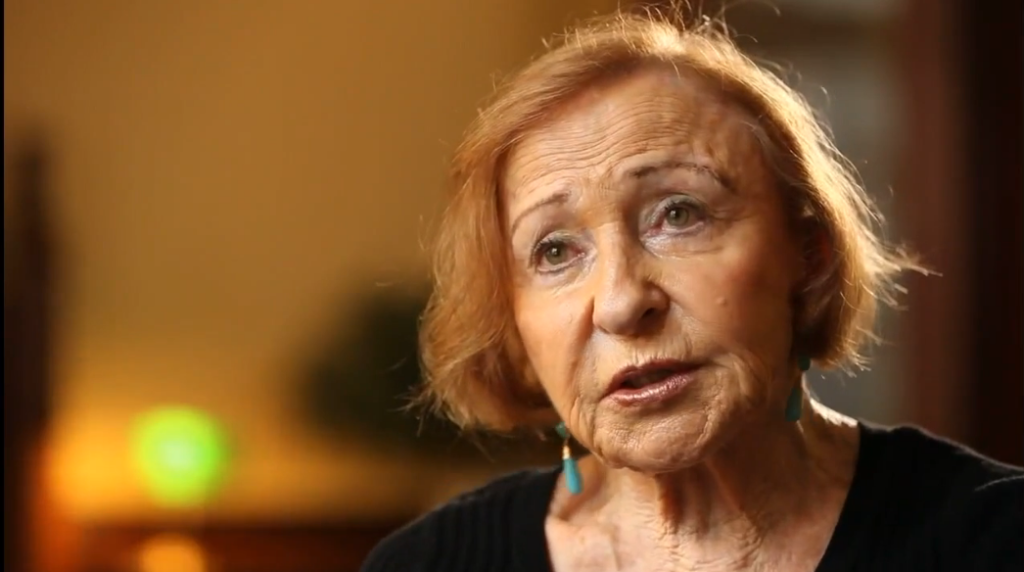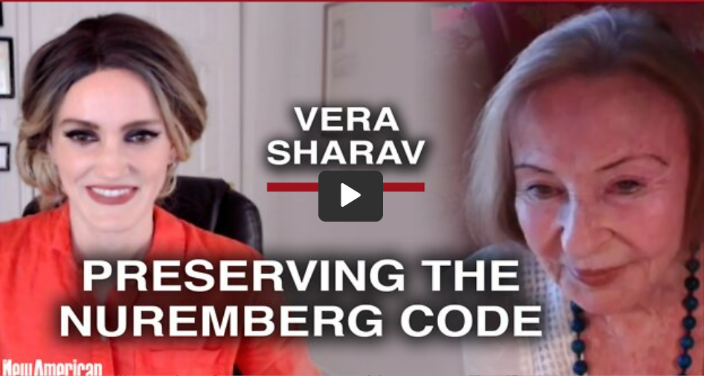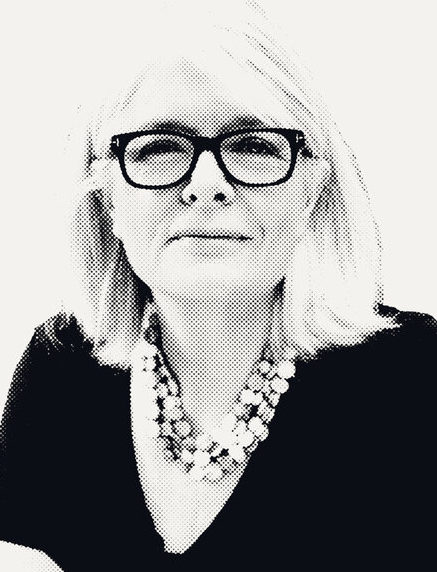
‘I Was Right Not to Obey’
Excerpt from Epoch Times:
Sharav was born in Romania in April 1937. In 1941 her family was deported and herded into a concentration camp in Ukraine. Sharav’s father died there before she was five of typhus, which was raging in all the ghettos and concentration camps at the time.
That concentration camp was not a death camp but a transit camp where they were left to starve. But the fear of being put on a list to be sent to a death camp was always hovering over everyone. “So it was a constant state of fear, of course cold, and starvation,” Sharav said at the beginning of the first episode.
Sharav’s mother learned that there was going to be a rescue of some orphan children. So she lied and put Sharav on an orphan list to save her life.
Sharav left on a cattle train where she befriended a family. When they got to the harbor city, there were three small boats waiting to take them. They had lists assigning people, each one to their assigned boat.
Sharav was assigned to the boat with the orphaned children, but she refused and would not budge. Everybody boarded and Sharav was left alone. Eventually, she was able to get on the boat with the family that she had wanted to be with.
During the night, a submarine torpedoed the boat carrying the orphaned children. None of them survived.
“I was right not to obey,” Sharav said in the film. “That’s a lesson that I think has kind of made who I am.”
She arrived in the United States in January 1948.
Over the past 3 years, Vera has been producing a multi-part docuseries on the parallels between her own experience as a child and what we recently experienced worldwide.
“It didn’t begin as a series,” Sharav told The Epoch Times. “I felt that what I was feeling, and seeing, and observing was too reminiscent of what I call the ‘prelude to the Holocaust.’”
So she decided to see if there were other survivors who were observing what she was observing.
“It turned out to be a five-and-a-half-hour series because what the people were saying had to be documented,” Sharav said.





